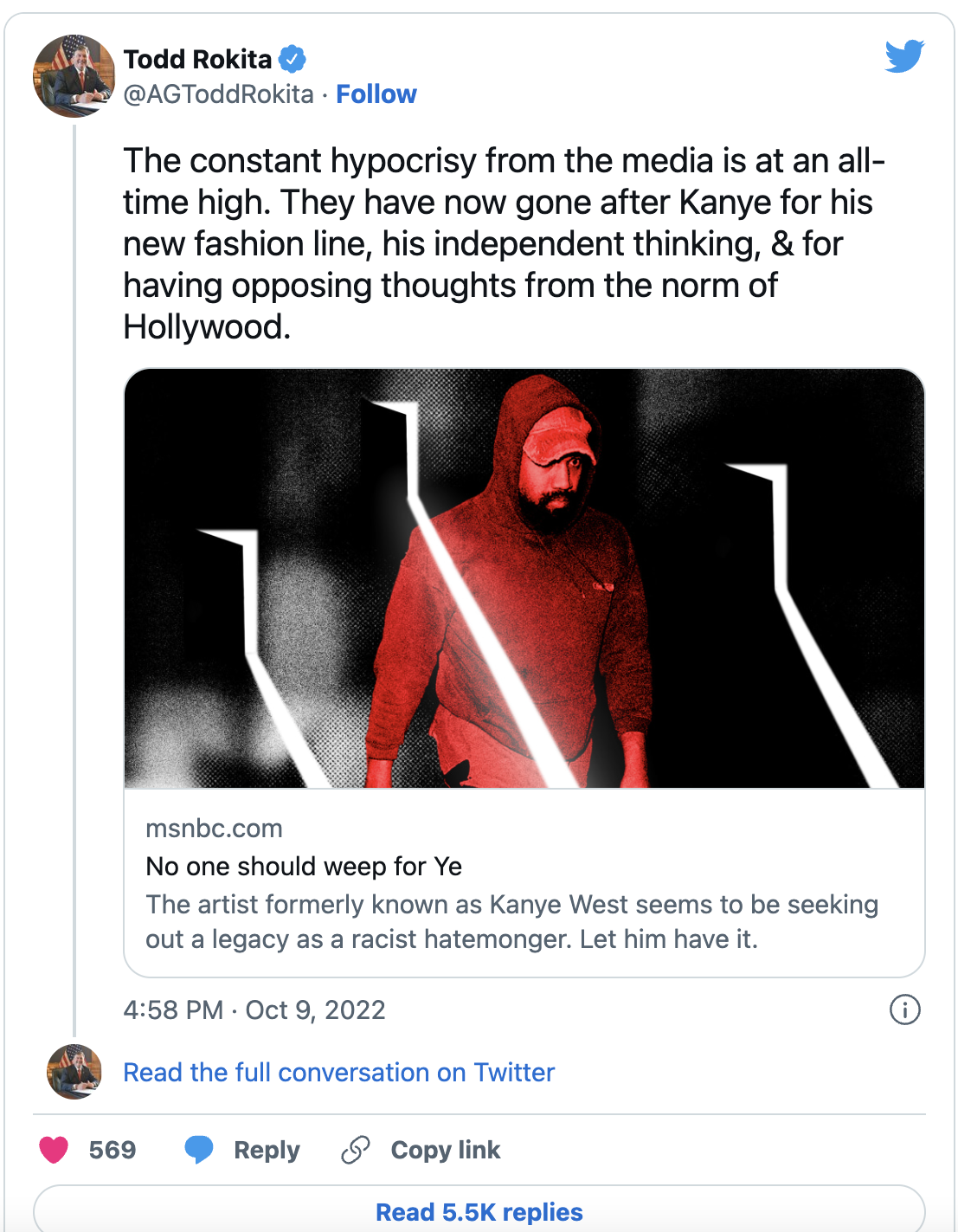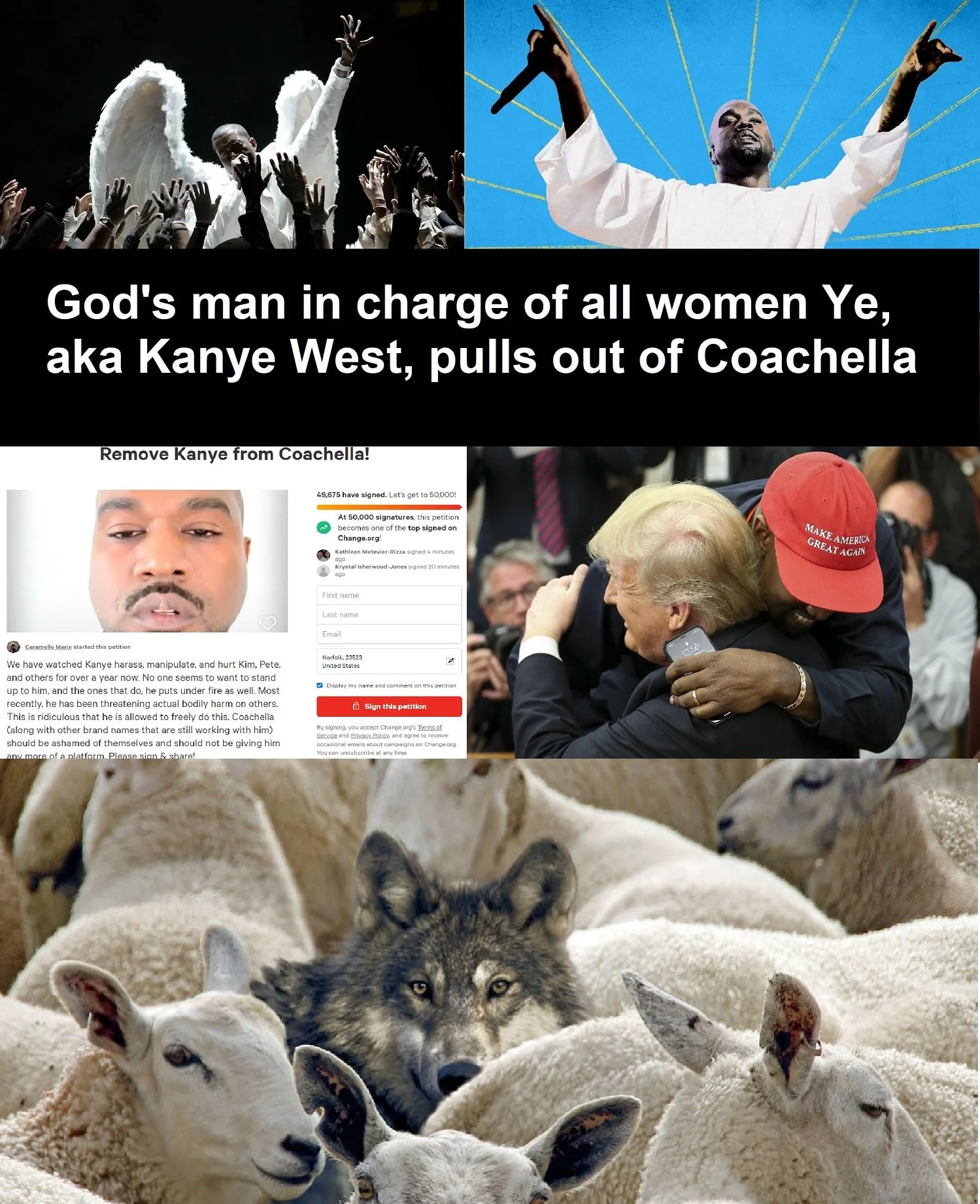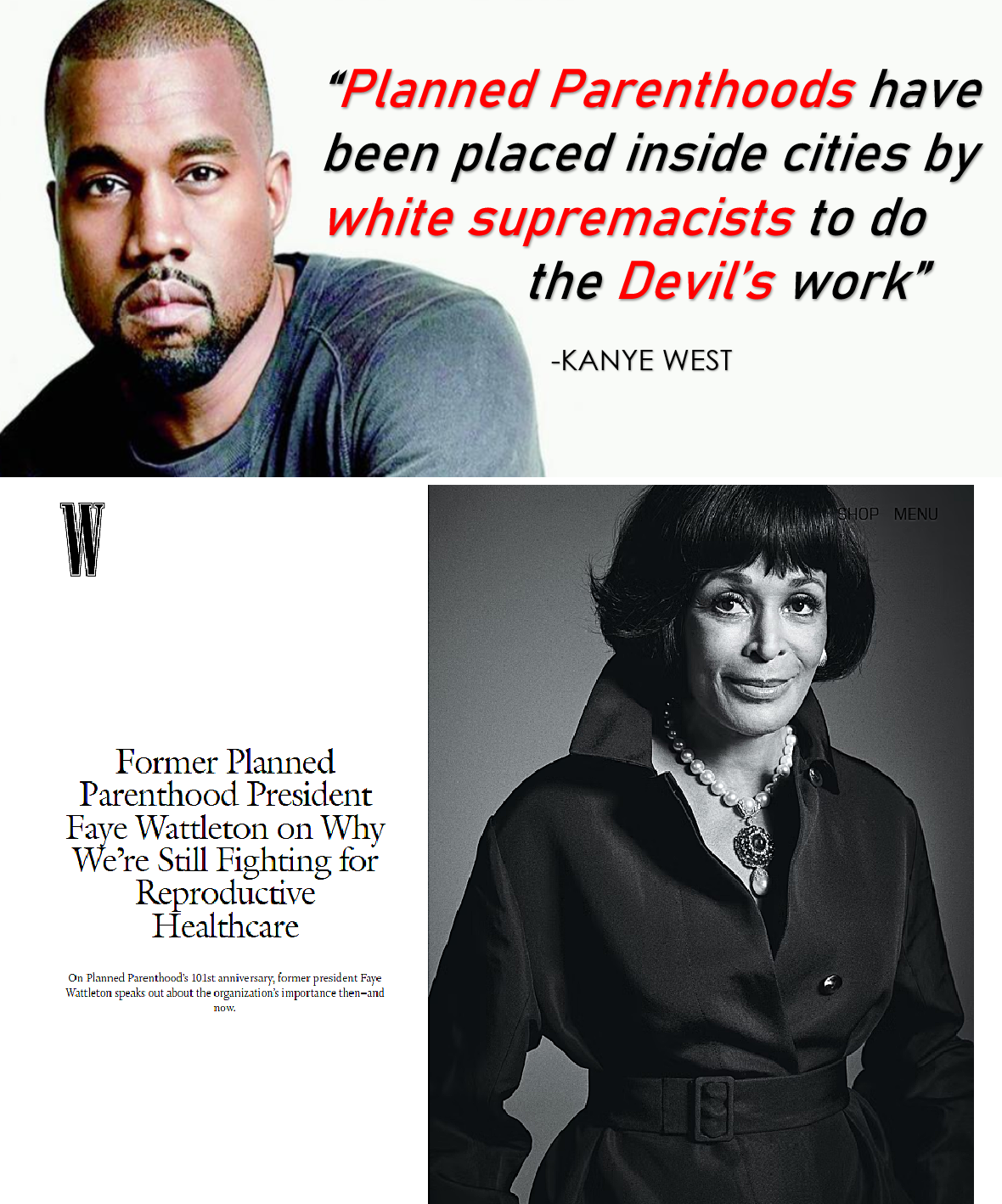Biden Caught in Catholic Church Power Struggle Over Taking Communion
/By Steven P. Millies, Associate Professor of Public Theology and Director of The Bernardin Center, Catholic Theological Union, First published on The Conversation.
President Joe Biden is the highest-profile and most powerful lay Catholic in American life today – but he also holds policy views that diverge from many Catholic bishops. And that is causing some problems.
The dilemma looks like this. The Roman Catholic Church teaches that abortion is the taking of a human life, no different from murder, and so grave a sin that it incurs an automatic excommunication. Yet prominent Roman Catholics in public life – including Democrats such as Biden and House Speaker Nancy Pelosi – support abortion rights. It has led to concern from some Catholic bishops that a contradictory picture of Catholic faith is being presented to the public.
In response, U.S. bishops reportedly are preparing a pastoral statement expected to be released in June that would instruct Catholics about when they should and should not receive Communion. The effect of that document would be to exclude Catholics like Biden and Pelosi from full participation in the church.
Communion, also known as the Eucharist, is the central act of Roman Catholic worship in which Catholics receive bread and wine that they believe becomes the body and blood of Jesus Christ.
Church law particularly excludes from taking Communion those who are guilty of what is known as “manifest grave sin.” This means no one who has committed a serious sin in a way that is publicly visible should receive Communion.
The bishops argue that being pro-choice, Democrats like Joe Biden have made themselves unsuitable to take Communion.
As a scholar who studies Catholicism in political life, I argue that the proposed pastoral statement reflects existing divisions inside the Catholic Church that have been heightened by the election of Biden as president. Moreover, it will serve only to deepen the divide.
Greater authority?
Joe Biden is a devoted Catholic, attending Mass weekly and carrying a rosary everywhere he goes. He has talked many times about how important his faith is to him.
But his policy position on abortion jars with more conservative elements in the Catholic Church. In October 2019, a priest declined to give Communion to the then-presidential candidate when he presented himself at St. Anthony Church in Florence, South Carolina. The priest, who had never met Biden before, told reporters, “Any public figure who advocates for abortion places himself or herself outside of church teaching.”
Both laity and Catholic clergy opposed to action against President Biden say that “communion is not a prize” that is awarded to deserving laity by discerning priests and bishops.
The picture is not as clear as that priest suggests, and the Catholic Church’s history of dealing with Catholic public officials is more inconsistent. Spanish dictator Francisco Franco, for example, presided over a brutal regime of atrocities and torture known throughout the world, yet he received a Catholic burial in 1975 over which the archbishop of Toledo presided.
More pertinent to the Biden case, Pope John Paul II gave Communion in 2001 to Rome’s mayor, Franceso Rutelli, who had campaigned to liberalize abortion laws. Likewise, Pope Benedict XVI gave Communion to Rudolph Giuliani, Nancy Pelosi and John Kerry – all of whom support abortion rights.
The reason the issue has come up now in the U.S. appears to be more about concerns among bishops over their waning influence.
Kansas City Archbishop Joseph Naumann, chair of the U.S. bishops’ committee on pro-life activities and one of the main figures supporting a pastoral statement about Communion, told The Associated Press, “Whether intentional or not, [Biden is] trying to usurp our authority.”
“He doesn’t have the authority to teach what it means to be Catholic,” Naumann continued; “that’s our responsibility as bishops.”
Naumann may have reasons to be concerned. A 2019 poll found that 63% of American Catholics have lost trust in Catholic bishops because of their handling of the still-ongoing crisis of sexual abuse.
To many Catholics, Biden’s presentation of Catholic faith as aligning with racial justice, economic justice, climate justice and health care justice offers a pointed contrast with bishops mired in scandal and unhappy about trends such as same-sex marriage in American culture.
Denver Archbishop Samuel J. Aquila wrote in mid-April about the need to establish “Eucharistic coherence” through a pastoral statement that would state when someone like Biden should not present himself for Communion. It seems as though, to many bishops like Aquila, that is the solution to their dilemma over Biden.
A 2019 poll found that 63% of American Catholics have lost trust in Catholic bishops because of their handling of the still-ongoing crisis of sexual abuse.
But not all bishops agree. Chicago’s Cardinal Blase Cupich wrote a private letter to Aquila expressing his reservations. The letter was leaked after it was received, making divisions among the bishops more visible.
Communion ‘not a prize’
The proposed document about “Eucharistic coherence” is expected to come before the U.S. Conference of Catholic Bishops in June – a move that likely will highlight even more the split within the church. But even if the pastoral statement is approved, the conference has no authority to enforce it on any particular bishop. The result would be an incoherent patchwork allowing each individual bishop to decide. Washington’s Cardinal Wilton Gregory already has indicated he will not prevent Biden from receiving Communion.
Only the Vatican has the right to enforce the pastoral statement on every bishop – but that almost certainly will not happen. Pope Francis previously has made his view clear that the Eucharist “is not a prize for the perfect but a powerful medicine and nourishment for the weak.”
[Explore the intersection of faith, politics, arts and culture in a weekly newsletter. Sign up for This Week in Religion.]
As such, the pastoral statement could serve only to highlight differences among many American bishops and the pope.
It also could backfire as an attempt to wrestle back authority for U.S. bishops. A preelection debate over the sincerity of Biden’s Catholicism proved divisive among the faithful. Biden, through baptism and participation in the other sacraments, is a Catholic. There is no question about that.
Because they reflect intense divisions in the church, these efforts to disqualify the president from the sacraments and the church are, I believe, a threat to church authority today. Nothing that furthers or deepens those divisions will help the bishops or the Catholics that they lead.
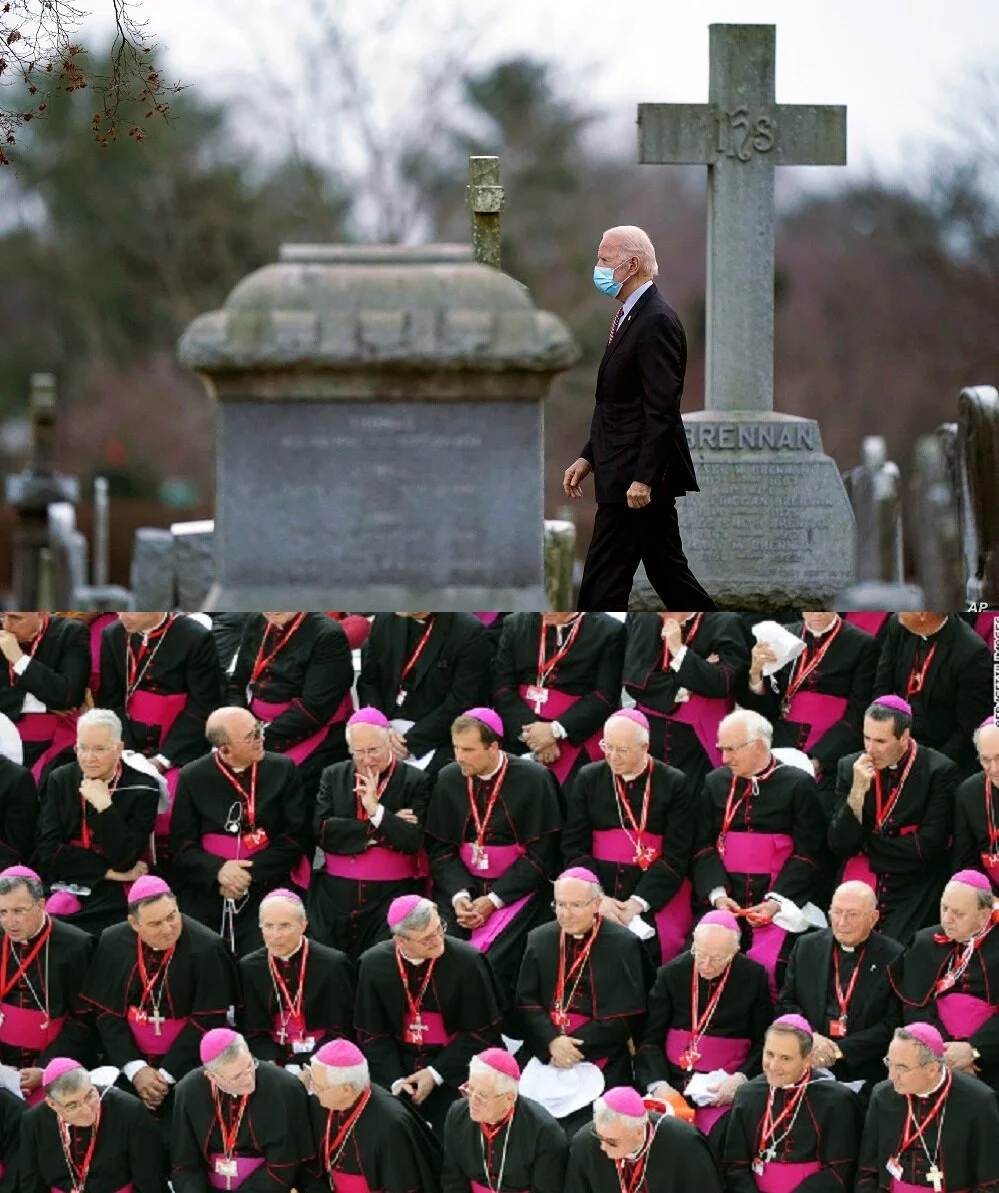


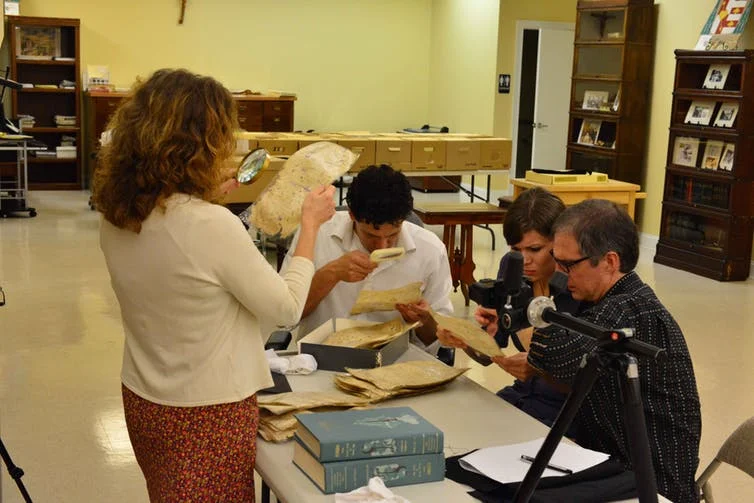























![Kanye West's [aka Ye] Refusal to Treat His Mental Illness Is No Excuse For His Anti-Semitism](https://images.squarespace-cdn.com/content/v1/55f45174e4b0fb5d95b07f39/1666238183530-4WVG9SNG88HTSKQ0WWDV/Is+Kanye-West-Running-Out-of-Platforms.png)
